Main Which vs. That Takeaways:
- Use that in defining clauses. These are essential to the sentence because if you remove this kind of clause, the meaning of the sentence changes.
- Use which in non-defining clauses. These are not essential to the sentence because if you remove this kind of clause, the meaning of the sentence doesn’t’ change.
- Commas usually offset non-defining clauses.
- Use the mnemonic “sandwich crusts aren’t essential” to remember that “which” and non-defining clauses go together.
What is the Difference Between Which and That?
Use that to indicate something specific. It usually introduces a defining clause that doesn’t need commas. On the other hand, use which to add more information about something specific. It usually introduces a non-defining clause that requires a comma before which and after the last word in the clause.
What is the Rule for Using That or Which?
Here is a quick and easy rule for using that or which correctly: if you remove the clause and the meaning of the sentence changes, use that without commas. If you remove the clause and the meaning of the sentence doesn’t change, use which with commas.
Let’s apply this rule for using which vs. that with our apple examples:
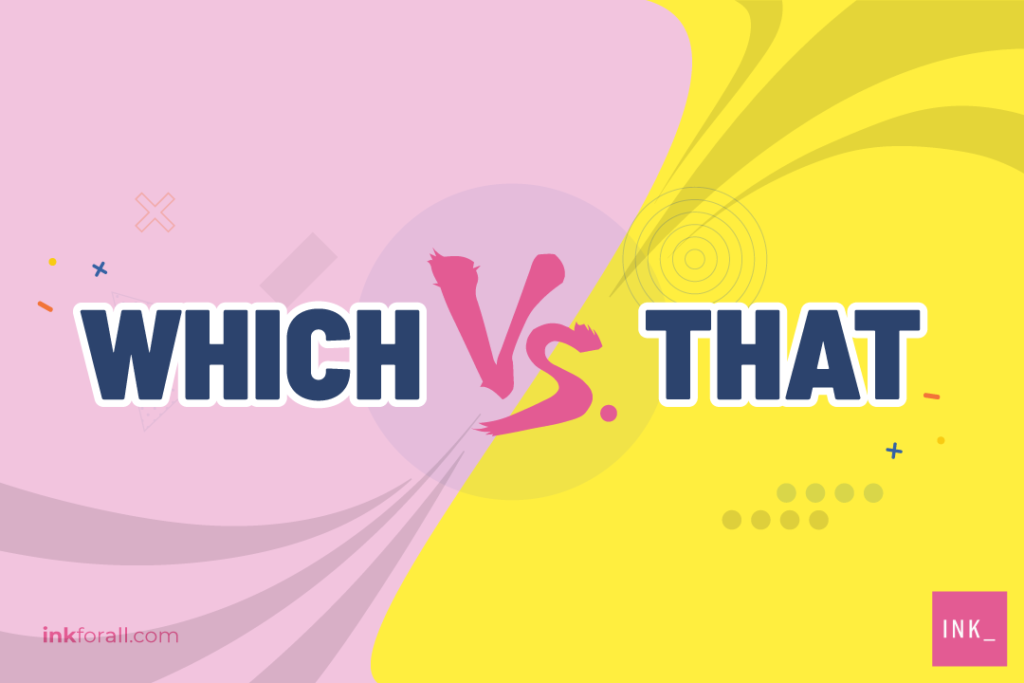

How Do You Remember the Difference Between Which and That?
That is used with a restrictive clause. The latter is the part of the sentence that you can’t remove, otherwise it would leave it with an incomplete thought. Which is used with a non-restrictive clause, or the part of the sentence that you can remove without changing its meaning. If you want to easily remember the difference and use the correct word in your sentence, follow this simple tip:
Take for example the sentence: “It snowed last night, _____ was unexpected because it was not in the weather forecast.” Let’s remove the phrase that comes after the blank.
Does removing the phrase change the meaning of the sentence? Are we left with an incomplete thought?
The answer is NO because the phrase “It snowed last night” is an independent clause and is already considered a complete sentence. Following the tip we provided, you need to use “which” to join the non-restrictive clause “was unexpected because it was not in the weather forecast” with the independent clause “It snowed last night.”
Here’s another example:
Does the remaining clause express a complete thought? If the answer is yes, use which. If the answer is no, use that.
When to use That
The example above contains a defining clause. The phrase “that have a wormhole” defines exactly which apples I’m talking about.
To confirm that this phrase is a defining clause, try removing it from the sentence:
The meaning of the sentence changed.
For example, instead of talking about apples with wormholes specifically, I might be talking about apples in general. Without this defining clause, it’s not clear.
Therefore, we confirmed that this is a defining clause. And as a result, that is the correct word to use.
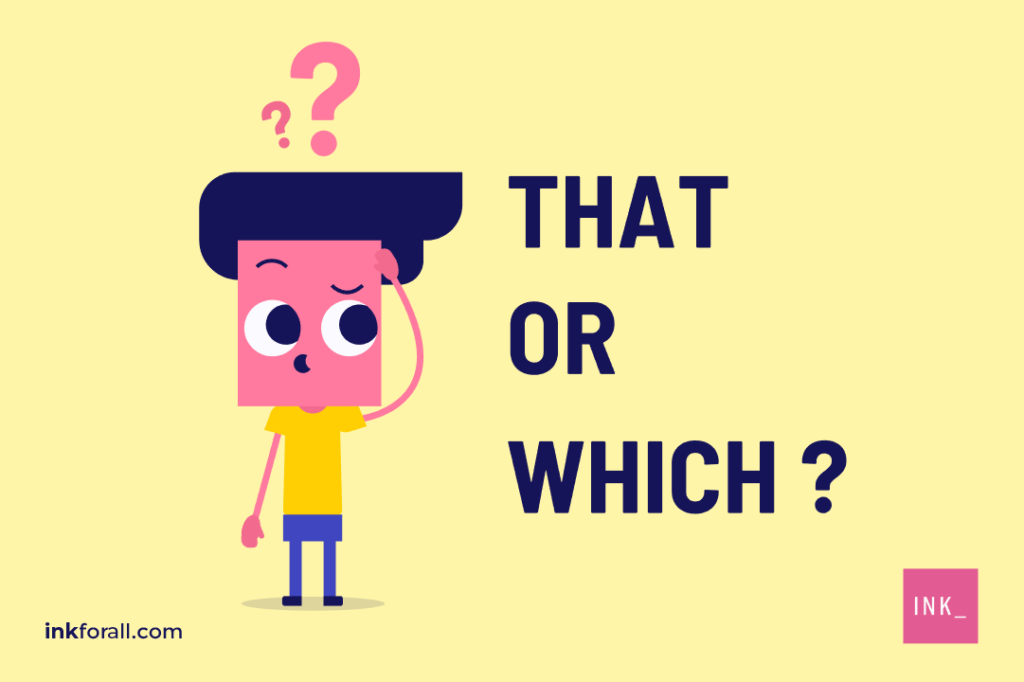

When to use Which
Conversely, the example contains a non-defining clause. The phrase “which are my favorite fruit” does not define which apples I’m talking about.
Instead, it gives additional information about apples in general.
Let’s confirm this phrase is a non-defining clause by removing it from the sentence. The sentence should still make perfect sense without it.
And it does. Without this phrase, the sentence still makes perfect sense. Therefore, which with commas is the correct choice here.
Examples of Which vs. That in a Sentence
In this example, “that has bad breath” is a defining clause because it’s defining something about the dog.
The writer may have several dogs, but he or she is specifically talking about the one that has bad breath. That is the right choice in this case.
Here, we know “thatare hybrid” is an essential phrase. Without it, the phrase “cars use less fuel” has a different meaning.
Since “thatare hybrid” is a restrictive clause, we’re right to introduce it using that.
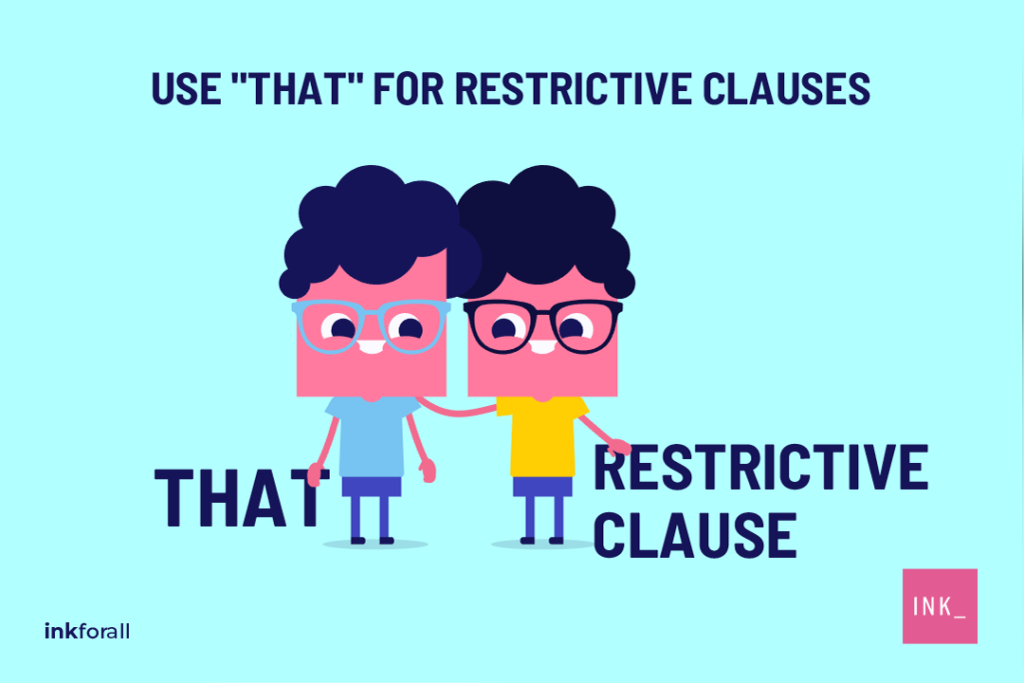

Tara’s shoes are bright green, whether we know that she bought them on vacation or not.
That means “whichshe bought while on vacation” is a nonrestrictive phrase, and which is the correct word to use.
While it’s interesting to know where the author found the nail, it’s not essential.
If you omit “whichwas left outside a construction site,” the meaning of the sentence remains. Which is the right choice.
Using That vs. Which With Prepositions
Sometimes you may see thatorwhich paired with another introductory word. The same rules apply even if thatorwhich follows a preposition, such asby, for, or on.
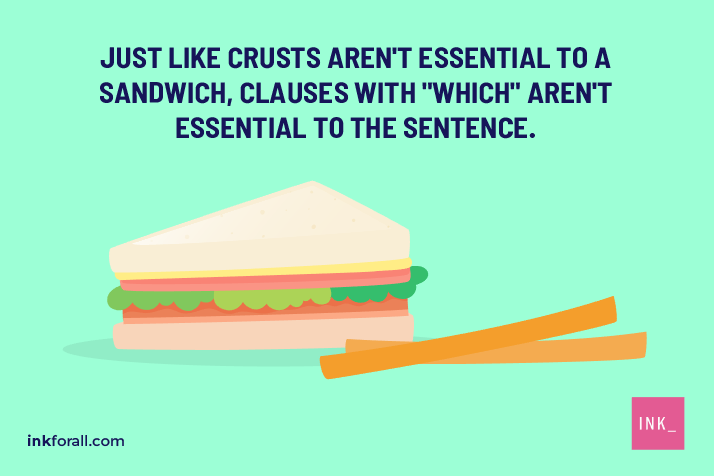

Another Trick to Remember That vs. Which: The “Sandwhich”
When I was a kid, I wasn’t a big fan of crusts. Whenever I made a sandwich, removed the crust from the bread.
As an adult, I’ve made peace with crusts, but they still help me remember how to use that vs. which in a sentence.
If you remove the sandwich crusts, the core of the sandwich doesn’t change. It’s still a sandwich and probably still delicious.
Similarly, if you remove the which clause, the core of the sentence doesn’t change. You’ve might lose little a little bit of detail, but the meaning stays the same.
What’s more, commas usually contain a nonessential or non-defining clause. Think of these commas as the bread on either side of the which clause sandwich.
Therefore, just associate which with sandwich to easily remember when to use which.
There are many ways to use which or that in a sentence. The important thing is to be sure you’re using them correctly. That means sticking to which when you have a nonessential or nonrestrictive clause and using that for essential or restrictive clauses.
If ever you’re not sure whether to use which vs. that, remove the clause and see if the meaning of the sentence changes.
- Did the meaning change? Then use that.
- Is the meaning the same? Then use which with commas.
Is it Which or That? Test Your Knowledge!
Which vs. That Question #1


The answer is FALSE. Use “which” for non-defining clauses and “that” for defining clauses.
That vs. Which Question #2
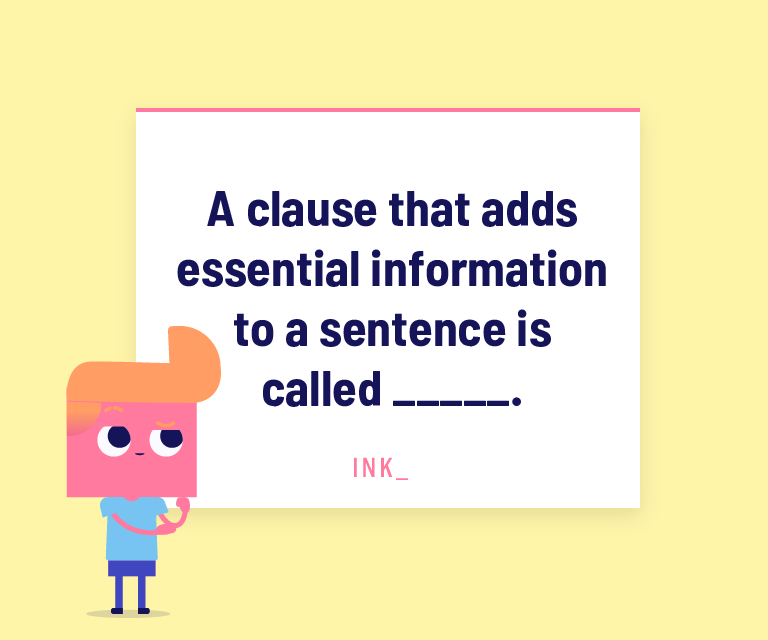

The answer is D. An essential clause is also called a defining or restrictive clause.
That or Which Question #3
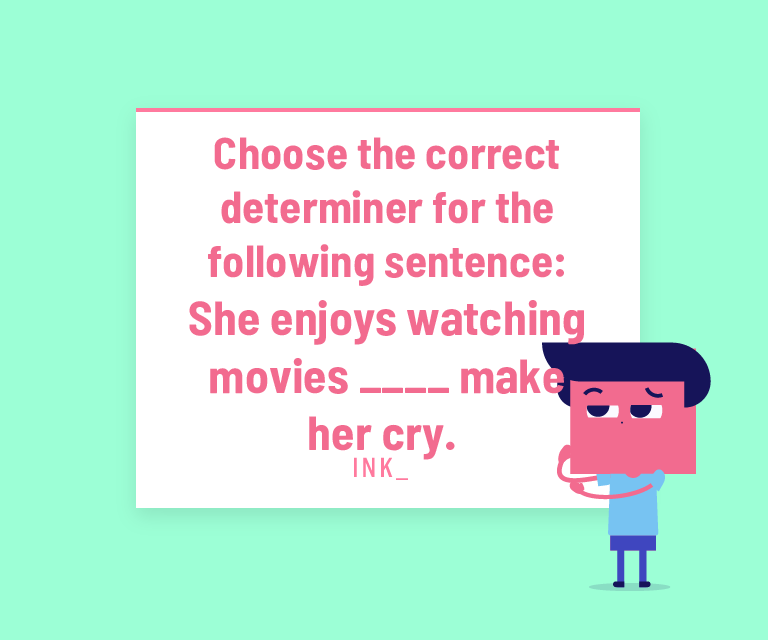

The answer is B. Since “make her cry” is essential to the sentence’s meaning, use “that.”
Which or That Question #4
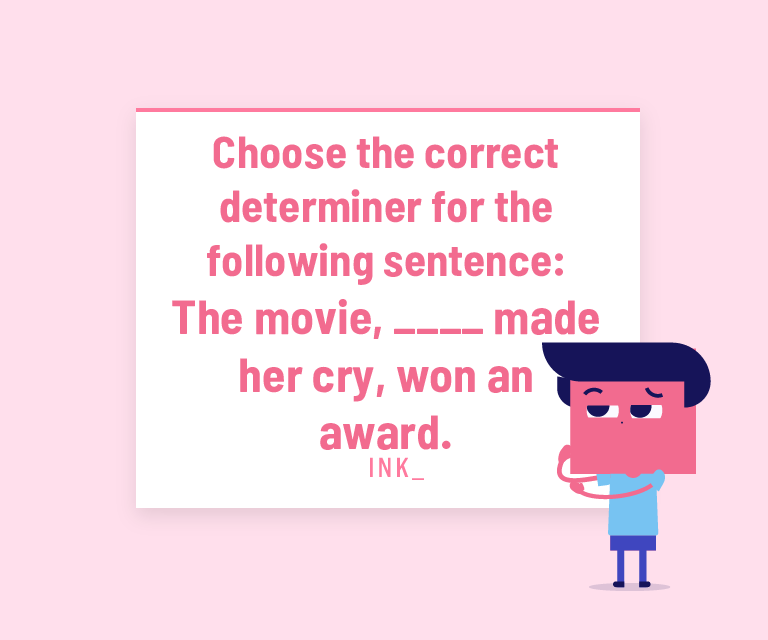

The answer is A. Since “made her cry” is not essential to the sentence’s meaning, use “which.”
Which or That Question #5


The answer is A. This is a reminder that “which” and nonessential clauses go together.

Very useful. The mnemonic is super effective. Thanks!
Thanks! Glad you found it helpful. I love mnemonics. Thanks for stopping by and sharing!